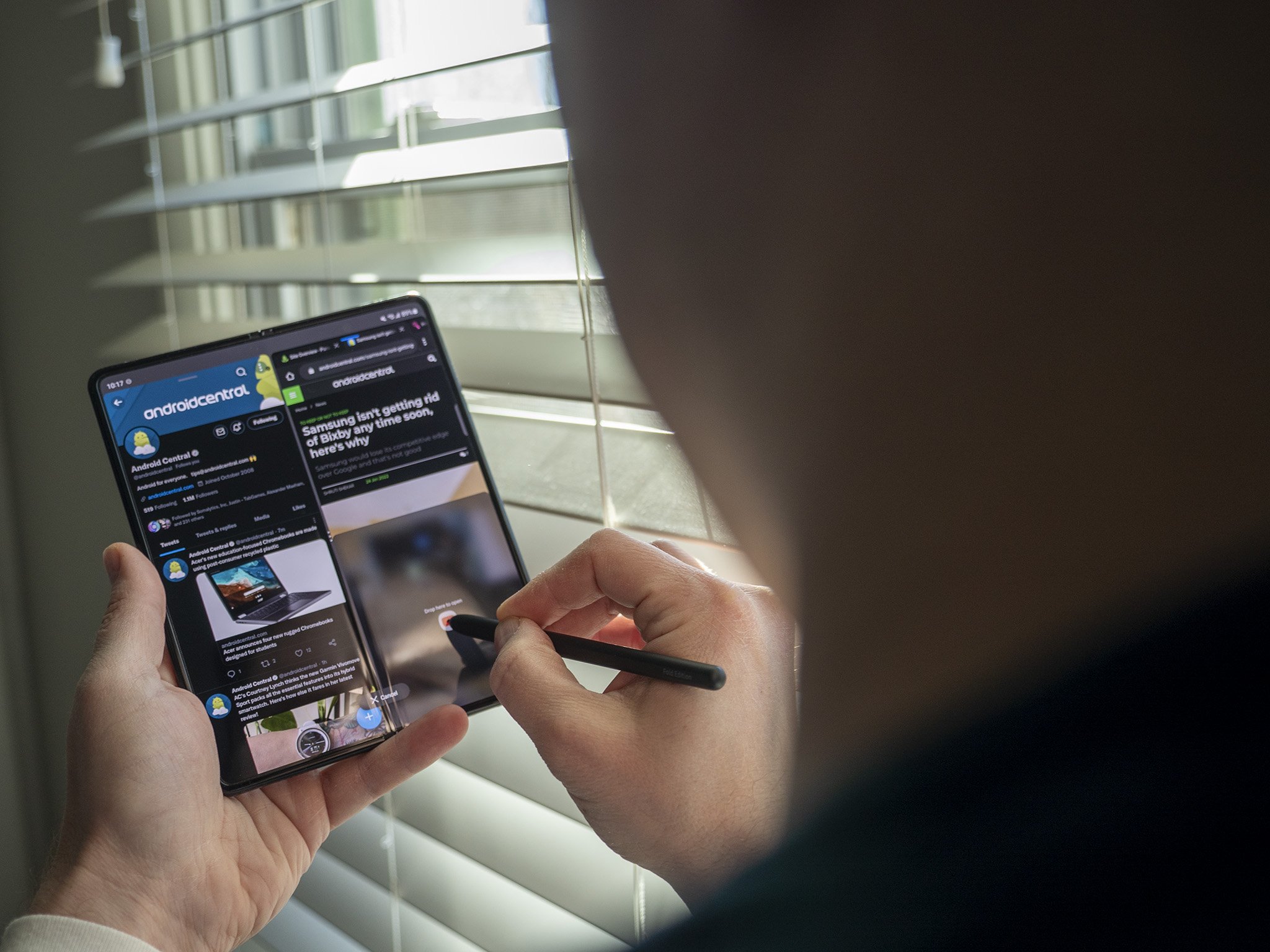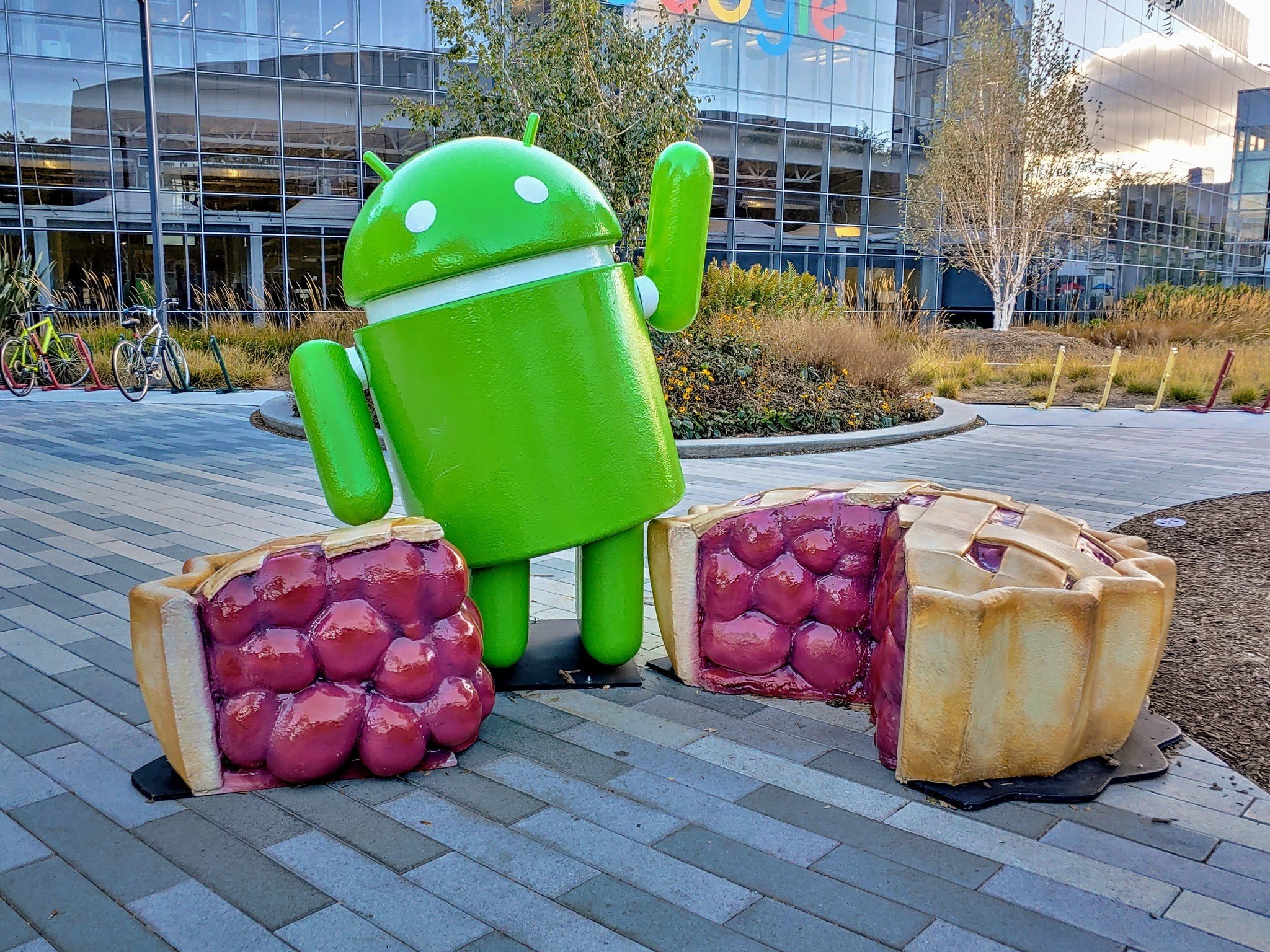5 things we want to see in Android 13
After a challenging Android 12 rollout, here's what we want to see from the next Android release.
Although it seems like Android 12 has only just arrived, we're likely just a few weeks away from Android 13 appearing in developer preview form. In years past, the first preview builds of new Android releases have dropped around February or March. So even with Android 12L still in development, it's time to look ahead to Android 13 - the release that'll eventually power the best Android phones of 2023.
The late-2022 release of Android could land as early as August, if details dug up by code sleuths are to be believed. And with Google having just completely overhauled its design language through Material You, it's unlikely we'll see many major visual changes in Android 13. But that doesn't mean there won't be plenty of new features to look forward to. On the contrary, with fewer development resources focused on Android's UI, Android 13 could be a pretty feature-packed release. Early leaks already point to genuinely useful features like per-app language settings.
We're sure to learn more as Android 13 approaches release, but until then, we've rounded up our top five hopes for the next version of the operating system. So here's what we're hoping to see from Android as the platform celebrates its 14th birthday.
1. Floating windows and better multitaskingAndroid phone and tablet manufacturers like Samsung have offered floating window support in some form for more than five years. So it's time for stock Android's multitasking to evolve and give users more control over the way they use their apps. A floating window feature would make a lot of sense on tablets and foldables, building on the work already underway for Android 12L. As it's done in the past, Google should borrow liberally from some of the best manufacturer skins. Oppo's ColorOS has offered freeform floating windows for more than a year, with the latest ColorOS 12 release managing to make this feature work comfortably and feel intuitive on average-sized smartphones like the Find X2 and X3 series.
As split-screen multitasking becomes more popular on foldable phones, Google should try to make it quicker and easier to hop between app pairs. As Samsung has offered for years, a way to pin particular combinations of apps to the taskbar (or a similar shortcut bar) would make a lot of sense.
2. A more customizable Material YouMaterial You in Android 12 was a good start, but there's still more Google could do to help make your most personal computing device even more personal. System-wide support for icon packs would be one - these have been supported by countless other manufacturers, but not by Google directly in the stock OS. And automatic icon theming, currently in beta more than four months after stable Android 12 was released, has room to improve too. We'd like to see more icons supported, and an API to enable app developers to easily fit their branding into a Material You-themed icon.
More granular control over the Material color palette would be a welcome change, too. There are only a few dozen palettes offered by Android 12 on Pixel phones right now, many of them fairly muted. Sure, selecting complementary colors isn't as easy as just arbitrarily picking them from a color palette. Nevertheless, we think Google could be offering a lot more choice when it comes to colors in Android 13, and early leaks suggest Google could be working on just that.
3. A better Google DiscoverThe Google Discover feed - the news feed on the leftmost home screen panel of most Android phones - is criminally underused. Having started life as Google Now almost a decade ago, this space once showed off timely information cards based on your location, the time of day, your calendar, and other factors. Right now, though, that info has been split out into other areas, like the Google Assistant's Snapshot screen and the "'At A Glance" widget on Pixel phones.
An example of how this premium smartphone real estate could be better utilized can be seen in the recent leak of an abandoned smart lock screen prototype recently leaked by Android Authority. An extension of "At A Glance," these screens would've been populated with things like smart home controls when at home, or transit and loyalty card details when out and about.
There's no reason this couldn't be combined with content discovery and the best bits of Snapshot to bring back a truly useful Discover feed to future Android 13 devices.
4. More sweet treats!Google made a hard pivot away from Android's "sweet treat" nicknames with Android 10 - although internal codenames like "Queen Cake" (Android 10), "Red Velvet Cake" (Android 11) and "Snow Cone" (Android 12) have eventually leaked online. (Android 13 is reportedly "Tiramisu," if you were wondering.)
The sweet treat names made Android releases fun in a way that the dry numbered releases from Android 10 just haven't quite matched. For the average enthusiast who doesn't follow the technical minutiae of every new build, the dessert names and their associated Bugdroid mascots come to personify new platform versions.
Google had several good reasons for switching to a numbered release schedule for recent Android releases, not least avoiding confusion in non-English speaking regions. (What's more, it'd be contending with Android V, W, X, Y and Z in just a few short years.) But we still can't help hoping Android 13's release will be officially accompanied by a statue of a robot holding the aforementioned spongy Italian dessert.
5. More stability at launchCompared to the average Android version, Android 12 had a fairly rough public beta and a later public launch than we'd expected. And on Google's Pixel phones, in particular, it was relatively buggy up until the latest January software update. It's possible this was due to the sheer volume of changes introduced in Android 12 - which was the most extensive Android update in years - or the impact of Covid-19 on the development cycle, or even teething problems with Google's custom Tensor processor. Whatever the root cause, we'd hope for a more stable day-one release when Android 13 comes around.
The general jankiness of early Android 12 builds had a knock-on effect on the broader ecosystem. Samsung's One UI 4 inherited a Pixel glitch that messed with background media playback on apps like YouTube. And OnePlus had to pull its update due to show-stopping bugs - though admittedly that brand has its own software challenges as it looks to integrate its OxygenOS platform into parent brand Oppo's ColorOS system.
At least Google won't be completely overhauling Android's system UI this time around, so we're optimistic that Android 13 will be a significantly more stable release.
Android 13: Coming soon!Android 13 will be with us before we know it. Previous years have given us early developer previews of new Android versions in February or March, followed by a more stable public beta build in May or June, with a final release in the early fall. Between this and the tablet and foldable-focused Android 12L arriving in late spring, it's sure to be a busy year for Android launches.


